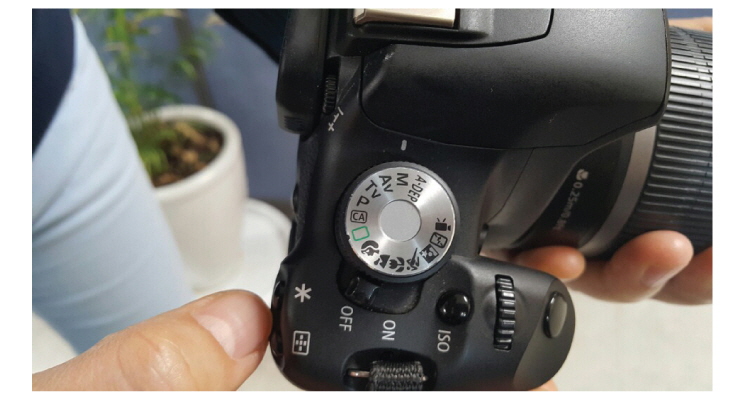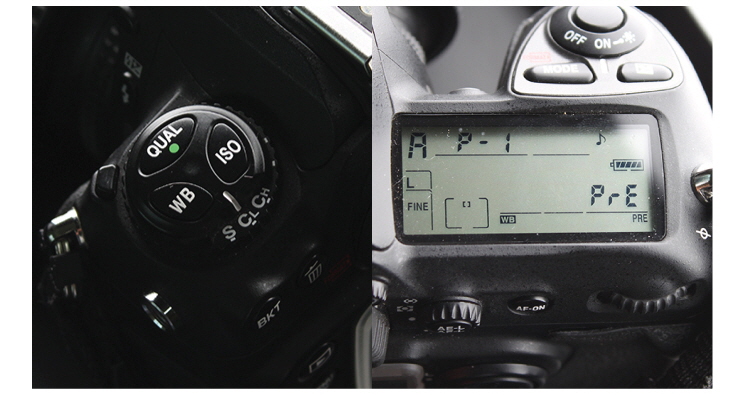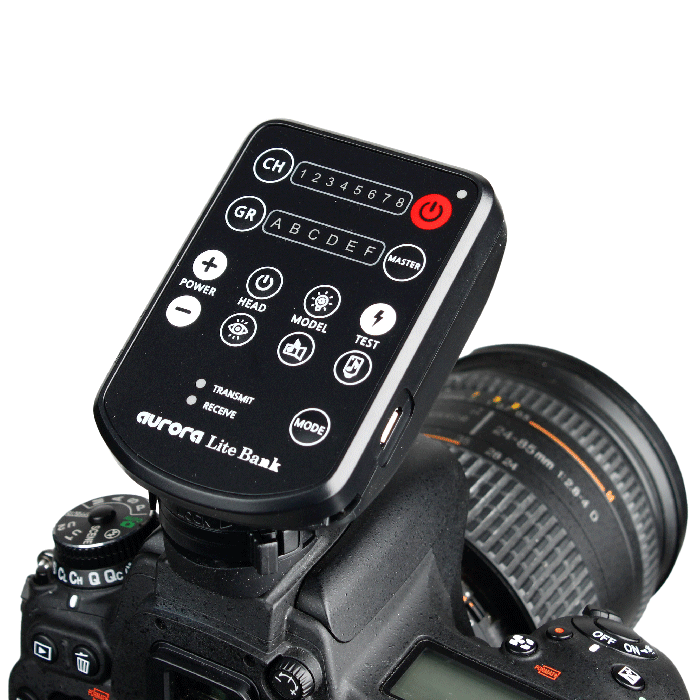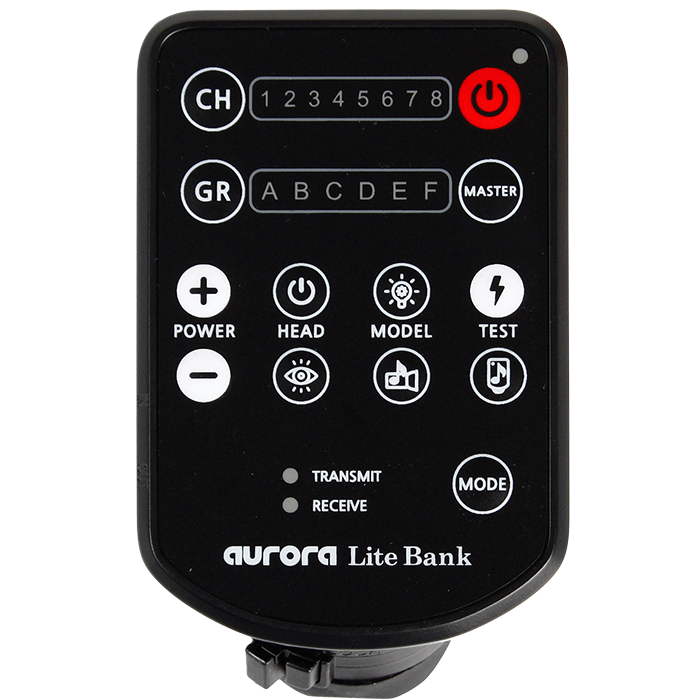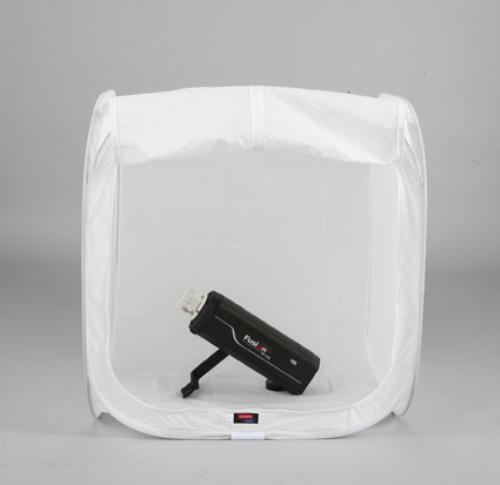ZWB 5867
DSLR users are often frustrated to find tha the images they have taken appear off-color or incorrectly exposed while working in Auto or Program mode. When placed in front of the lens, ZEROCS White Balance Filters quickly analyze ambient lighting conditions and accurately determine what digital camera systems call Custom White Balance. Skin tones, or other subject material, are then accurately rendered to give pleasing results.
ZWB 5867
- Custom White Balance
Setting up Custom White Balance is to rectify original automatic white balance function of digital camera.
By using Custom White Balance Adjustment, users can get more precise color distribution.
Furthermore, by using Custom White Balance, a user’s camera can distributes appropriate RGB (Red, Green, Blue) in order to create neutral gray, artificially.
As a result, the camera can display enormous variety of color resources with micro-precise color distribution.
- Correct Exposure
Setting Custom White Balance with correct exposing is essential. otherwise, correct white balance adjusting can not be expected.
The best way to guarantee the most correct exposure is to set Automatic Exposure Mode such as “P”, “S”, “A” modes or to set “M” mode with precise exposure meter.
- How to set Custom White Balance
Place Zero WB Filter in front of your camera lens. In order to get the best result, place as close as possible. Set the exposure mode as “AE” Mode, and shoot after adjusting focus-point manually. After that, select or save this exposure or captured image for the custom white balance. You must set different custom white balance for different light.
- Insufficient Color Saturation
Zero WB Filter adjusts color white balance sensor in order to get correct color balance.
There is no camera which can perfectly adjust white balance without sufficient RGB of the subject.
Most of digital cameras can correctly adjust white balance with 2800k~9500k of illuminant.
When the illuminant is out (under or over) of the range (2800k~9500k), the camera may
fail to adjust correct white balance or an “Error” message can appear on the display.
- Use with other filters
Zero WB filter is available to get installed on the other filters such as Skylight Filter, Polarizing Filter.
However, the light which is distributed by such filters is individual, and the camera maybe failed to adjust correct color
balance.
- Use with Digital Video Camera
Zero WB Filter is also an excellent white balance tool with Digital Video Camera.
Put WB Filter on the lens and point the camera toward the background or illuminant.
Shoot with the “custom white balance” button of the video camera.
- Digital Exposure Meter FunctionZero WB Filter can be used as a simple digital incident exposure meter by the instruction followed:1) Under the same illuminating condition, put the Zero WB Filter on the camera lens being set as Manual Mode.
2) Standing on the same position of subject, point the camera lens toward the illuminant.
3) Turn on the camera, adjust the aperture & shutter speed in order to get a desirable exposure condition.
4) Remove Zero WB Filter from the lens and start your photographing standing on the shooting position.
|
Examples of ZWB Filter Uses
|
|||
| Befor | After | Before | After |
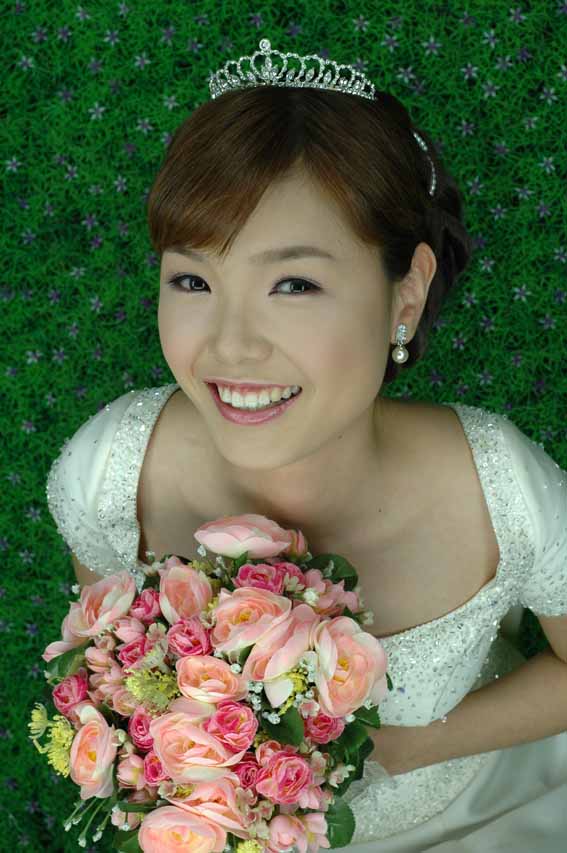 |
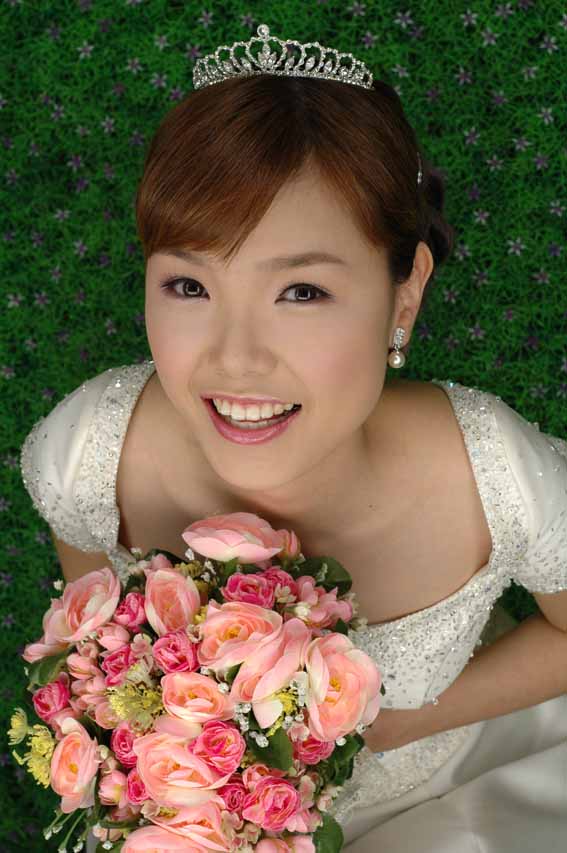 |
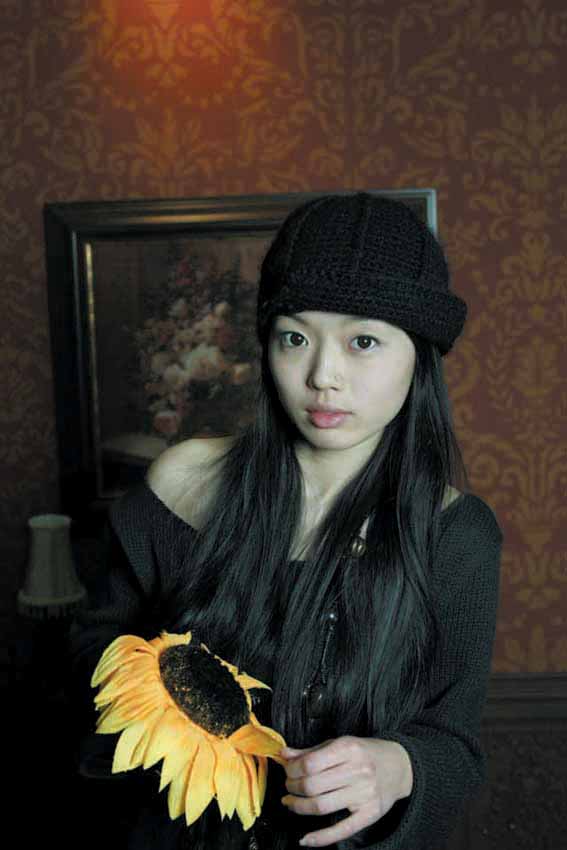 |
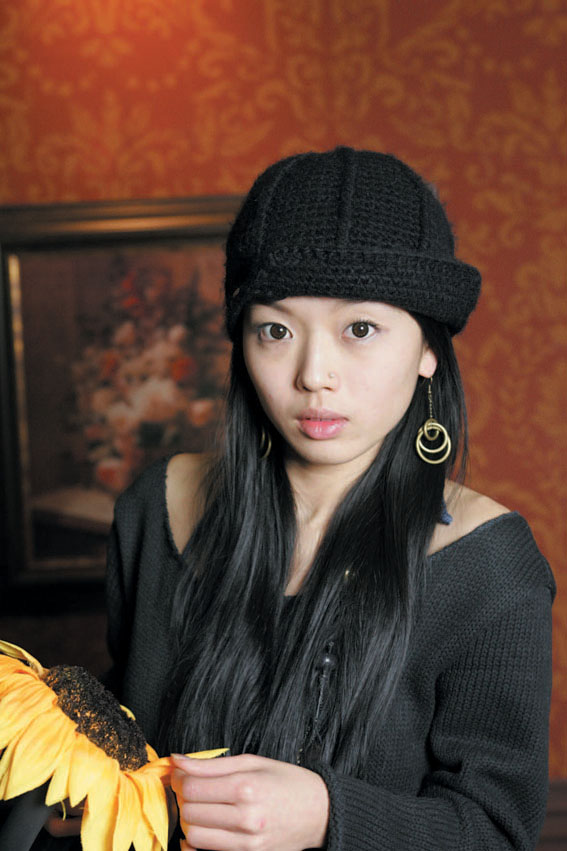 |
- How to use Zero WB Filter
▶ To point toward the illuminant (#1):
First, you should find the light which illuminates the subject.
Put Zero WB Filter on the lens and point it to the main light source.
▶ To point toward the subject :
Place Zero WB Filter on the lens and point it to the subject.
DO NOT point toward the subject which is illuminated by the backlight, if the color of ambient light is not as same as the light that illuminates the subject. In this case, please point toward the light that illuminates the front of the subject in order to expect better result of color-cast.
▶ To point toward the illuminant (#2):
First, you should find the light which illuminates the subject.
Stand on same position of the subject.
Put Zero WB Filter on the lens and point it to the main light source.
DO NOT expose your camera to the direct light when Zero WB Filter is NOT being installed. It can damage your camera’s image sensor. Please check the tips below that provide you detail information on some lighting conditions.
▶Artificial Lights
ㆍMono light
Point the camera toward the illuminant or point the camera toward the subject.
ㆍFlash / Bounce Flash
Point the camera and the flash toward the subject
(DO NOT balance toward the bounce surface such as ceiling).
ㆍ Combined light (Multi illuminants)
With multi illuminants such as outdoor photographing, point the camera toward the
general lights or toward the subject.In fact, brighter illuminant brings better result.
▶Natural Lights
ㆍSunlight
Put Zero WB Filter on the lens and point the camera toward the sunlight.
ㆍSunrise & Sunset.
If you balance toward the warm-light such as sunrise & sunset,
it neutralizes the warmth of the light.
You can get the best result by the balancing with the brightest light source
among the lights.
ㆍOutdoor Shade
Point the lens of your camera toward the subject, having illuminant behind you.
ㆍOn cloudy Day
Point the lense of your camera toward the subject, having illuminant behind you.
ZWB Operational Manual
- Operational Guide for Cannon Camera
 button.
button.- Operational Guide for Nikon & Fuji Camera
ZWB 5867
The Zerocs white balance filters are available in 2 sizes: 58-67mm and 72-82mm and ZWB7282 is lens in72-82mm of diameter.
All major lens sizes are accommodated.












